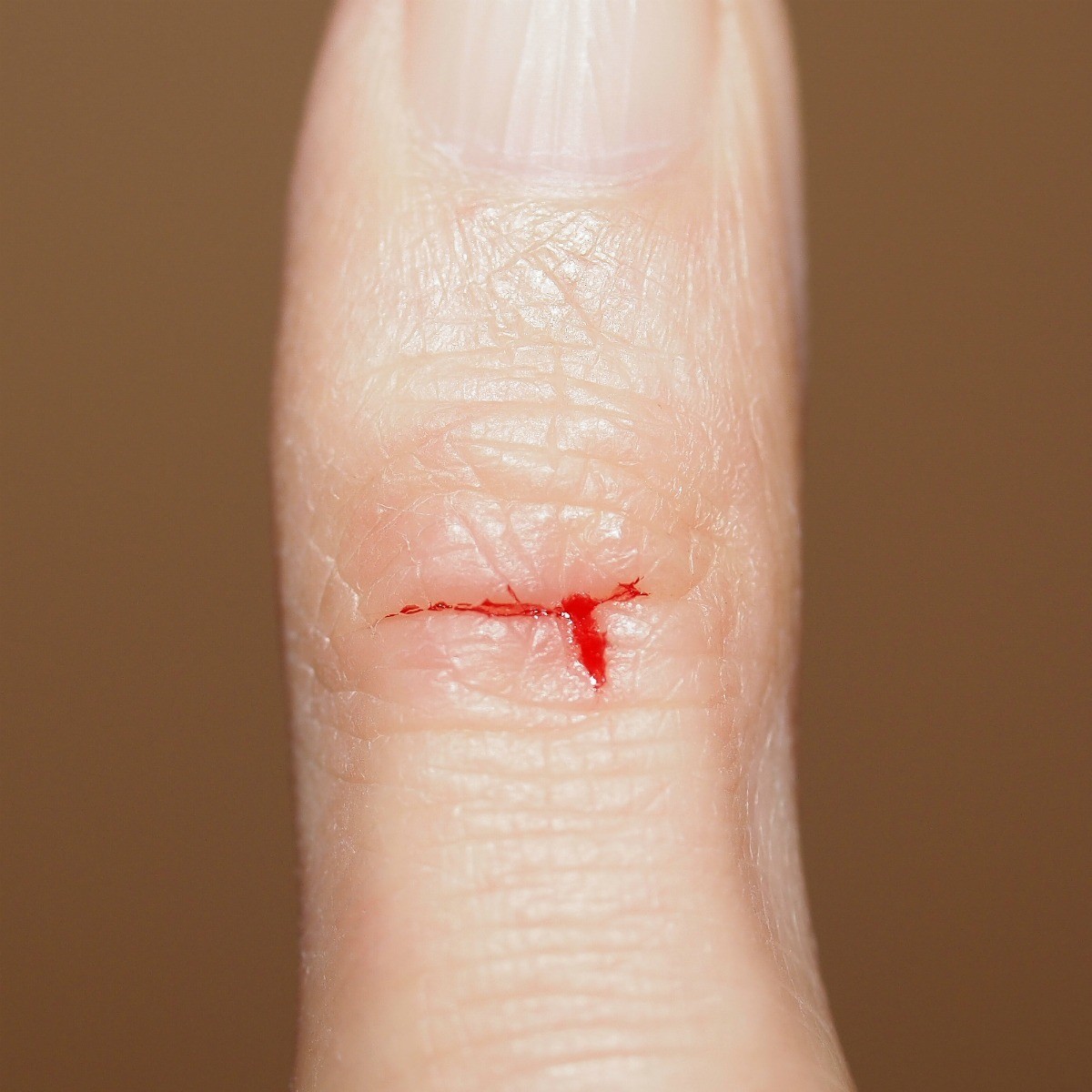
Often times you’ll only wait a few minutes to be seen by our nurses and physicians, meaning you can be in an out in a fraction of the time when compared with your average waiting room stuffed with people. With convenient locations situated off of major highways running through the Twin Cities, coming to our Woodbury, Vadnais Heights or Eagan locations is an easy trip. If you need to see a physician for a cut on your finger, come to your nearest Urgency Room. You notice infection or discharge developing in the days after cutting your finger.

The edges of the cut are jagged or torn.When to Go to the Urgency Room for Your Finger Cut: If a cut is especially large, deep, or resulted in part of your finger missing, head to your nearest Urgency Room to be seen quickly by caring and experienced physician. While the majority of minor cuts to your fingers can be cared for in your home, there are times when a cut should be seen by a physician. When You Should Go to a Physician for Your Finger Cut Depending on your age, your health and the severity of the cut, it could take anywhere from a few days to a few weeks to fully heal. Keep a close watch on your cut to make sure it’s healing properly. Make sure to clean the wound and replace the bandage daily. After that’s applied, cover your wound with a sterile bandage. To reduce the risk of infection and help numb any pain or swelling that you may be starting to feel, apply a small amount of an antibacterial cream. Once the cut on your finger has stopped bleeding, been cleaned and dried, it’s time to dress the wound. If you wash with water and soap, ensure the soap is relatively mild and that you wash it out of the wound completely so to prevent irritation to your cut. Once the bleeding has subsided, remove the gauze or bandages and simply wash with water. You may have seen your grandmother dump this stuff on even minor cuts in the past, but the truth is that hydrogen peroxide and iodine can cause tissue damage while Mercurochrome has high levels of mercury-all should be avoided. While you may be tempted to, don’t use hydrogen peroxide, iodine or Mercurochrome.

If you accidentally cut a portion of your finger off, make sure to place the severed portion in a clean plastic bag to bring with you to the doctor.
#Cut fingers skin#
As tempting as it may be, removing that flap of skin may prolong your healing process. If you cut your finger in a way that a flap of skin is extending over the wound, don’t take it off. Consider wrapping it with more gauze or bandages until the bleeding subsides. Instead, place more clean cloth or gauze over the existing cloth or gauze. If your cut is particularly serious or bleeding heavily and the cloth you apply starts to become saturated with blood, don’t remove it-you risk removing whatever clot had started to form over the cut. Make sure you use a clean cloth or piece of gauze-don’t grab the nearest dirty towel and apply it to your wound. Another easy way to stop bleeding from any sort of wound is to apply firm and steady pressure to the cut. This will help contract the blood vessels to slow bleeding. One way to stop bleeding from a small, simple cut is to run it under cold water. The very first step to treating a cut finger is to stop the bleeding. A calm mind will be able to prioritize what needs to happen and focus on helping your cut.

Remember, though, no matter how bad the cut, remain calm. Is it a clean cut or a jagged tear? How deep is the cut? See exactly where the source of bleeding is stemming from and proceed from there. Whether your finger has a small cut to a bigger gash, your first priority is to assess the wound and its severity. You Cut Your Finger, Now What?Ĭutting your fingers can be a serious event and should be addressed immediately so to avoid developing an infection.

What happens when you get one, though? What should you do when you get a more serious cut on your finger? Each Urgency Room through the Twin Cities is here to help you when you seriously wound your finger as well as when you experience a minor cut. With your fingers being in everything from sand to water to laundry to cooking, cuts are bound to happen. They handle nearly everything you interact with during the average day-including the more dangerous things. They tie, type, zip, poke, grip, grab and hold onto everything within an arm’s reach. Your hands are the most versatile tools you can imagine.


 0 kommentar(er)
0 kommentar(er)
